A Peek into Life at Sadhguru School in Uganda
The only one of its kind in East Africa, Sadhguru School in Uganda provides a learner-centered international education to rural children, offering them access to a standard of learning that would never normally come their way. Read an account by a teacher at Sadhguru School.
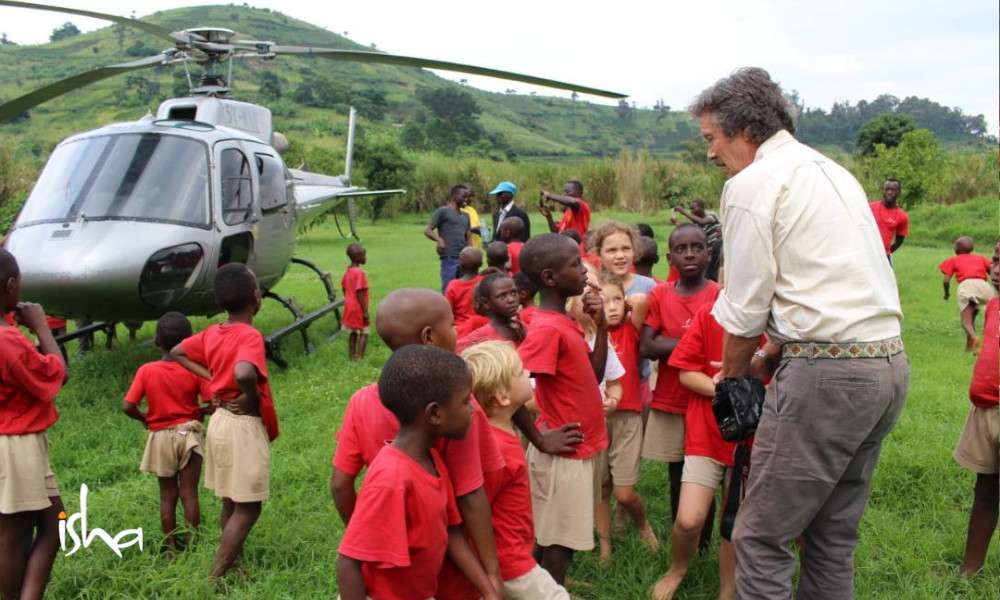
Paper Planes and Playful Learning
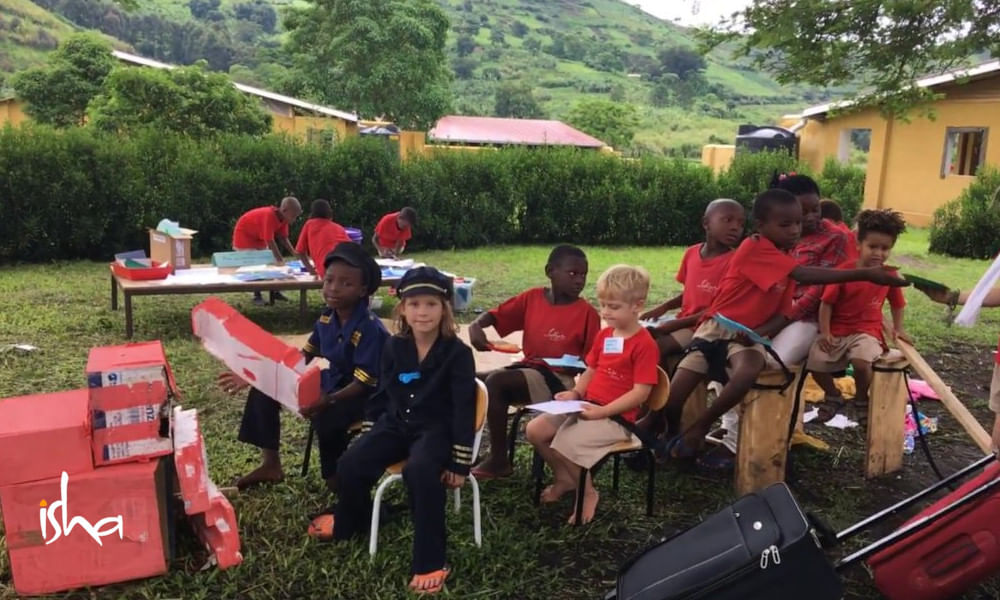
The students of Sadhguru School went on a flight of fancy that led to a week of vibrant cross-curricular learning about airplanes and transport.
Whenever we hear the hum of an engine in the sky above the school, our younger children often run outside to look at the light airplanes and helicopters that fly over us, usually taking tourists to neighboring Ndali Lodge and the nearby tourist attractions. Drawing upon the expertise of our international students, we took up the ambitious project of building a model Boeing 747, and set up Ndali Airport under the “Magic Tree”.
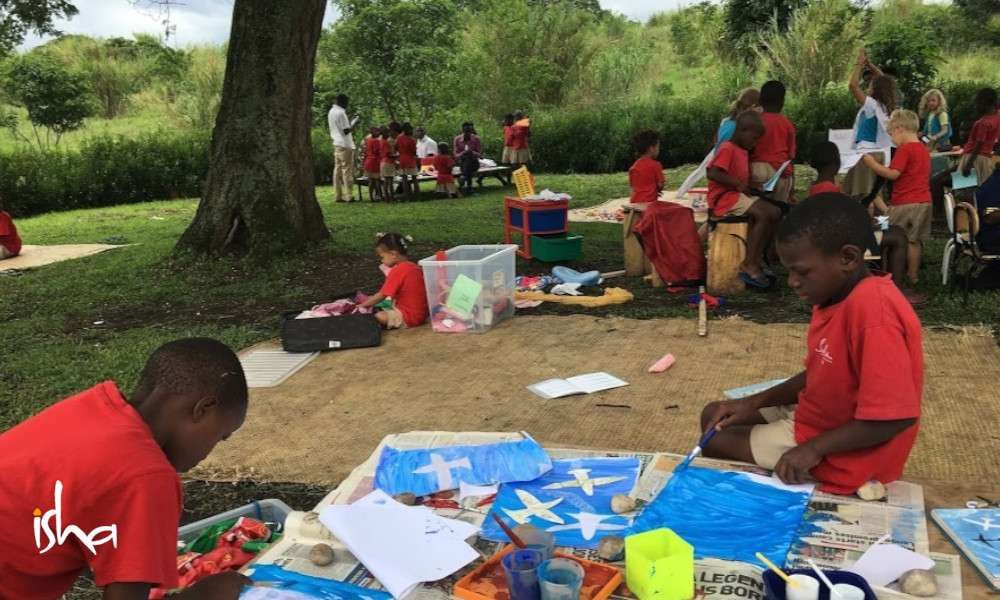
The younger kids gathered around in glee and hung onto every word as our international kids explained and demonstrated the process of booking a flight, checking in, going through customs and security at an airport, as well as the experience of being on board an aircraft.
Subscribe
The enthused children wasted no time in making their own passports and planning holidays to destinations all over the world. They made lists and packed suitcases according to climate, weather and possible holiday activities. Children learned about the different systems and respective roles of the ground staff at check-in and security, the pilot and crew, and what it would be like to have a birds-eye view of the earth below. Their play led them to investigate flight and air; make model airplanes from junk material; create a fair test to find the best paper airplane; make parachutes from different materials; and draw maps and routes for destinations all over the world.
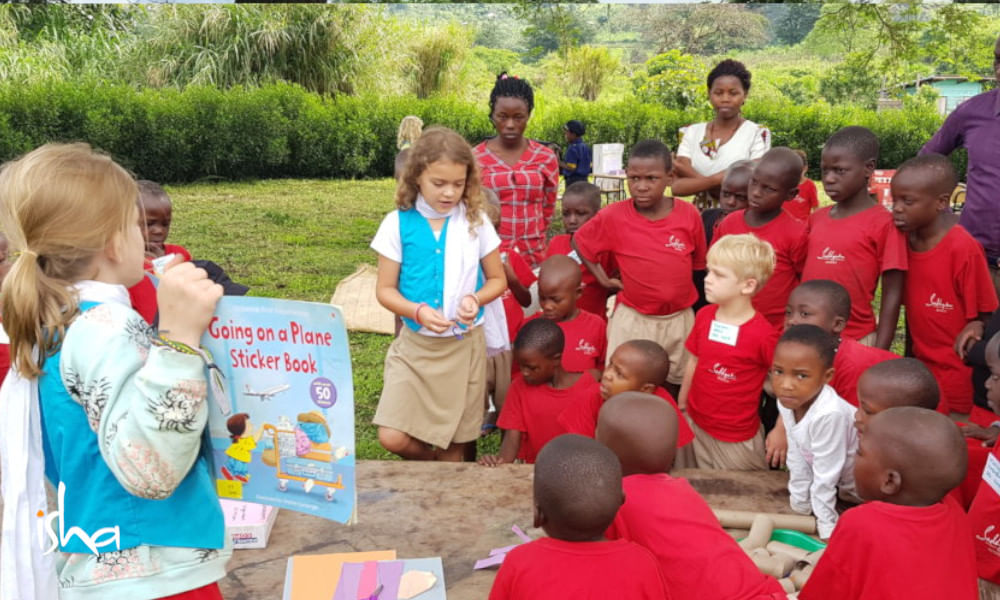
It was a joy to see how children from the local rural villages of Uganda joined their widely travelled classmates in playful learning, to share experiences, broaden their vocabulary, horizons and imaginations. The whole process left them with a sparkle in their eye, a dream in their heart and a spring in their step.
A Visit to the Queen Elizabeth National Park
In other news, as part of our cross-curricular topic on animals, we took Class 3 to Queen Elizabeth National Park to see the wild animals. Although it is just a 2-hour drive away, only one child and none of the teachers had ever visited the park before. Full of eagerness and excitement, all 17 children in the class spent the first hour singing songs and making merry.
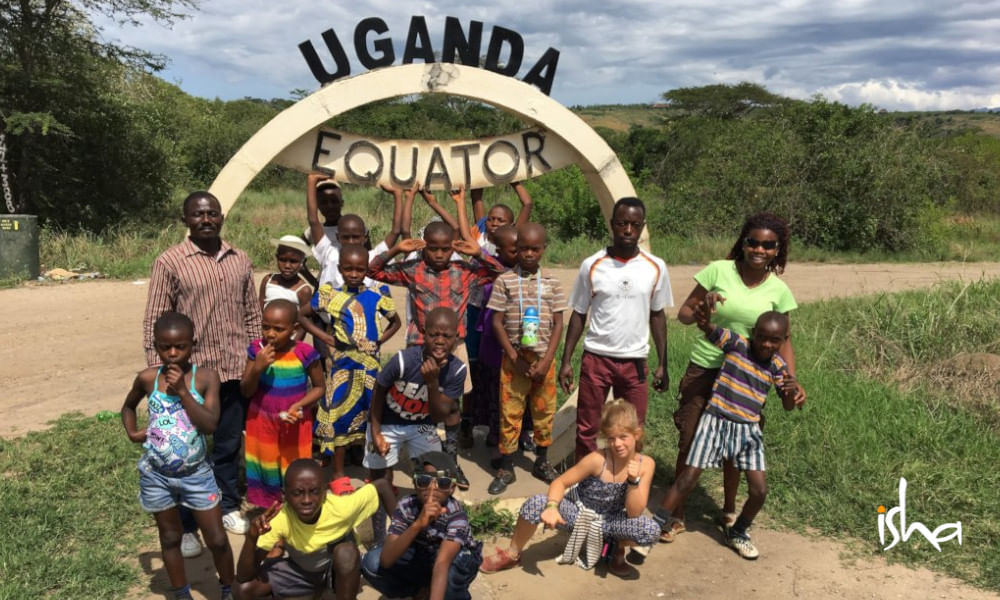
Soon they were at the Equator, which they had studied as part of the geography-focused elements in class. Then we were on our way to the Queen’s Pavilion for lunch, and a quick history lesson as Queen Elizabeth II and Prince Philip had also stood on the same spot in 1954. Here they were thrilled to see elephants as well as the Uganda kob and warthogs.
Many of the children enjoyed travelling on top of the cars, taking in the lovely views, spotting animals and feeling the wind in their hair. They learnt how to focus the binoculars that had been donated to the school and saw many large herds of elephants in the craters on their evening game drive and picnic. The cars had been kindly lent to us free of charge by the parents of Lola and the Headteacher, Jane O’Leary.
Despite their over-excitement about sleeping in the park’s hostel for the night, the children were up and rearing to go at the crack of dawn for their morning game drive where they spotted a lioness resting regally under a tree.
More About Sadhguru School
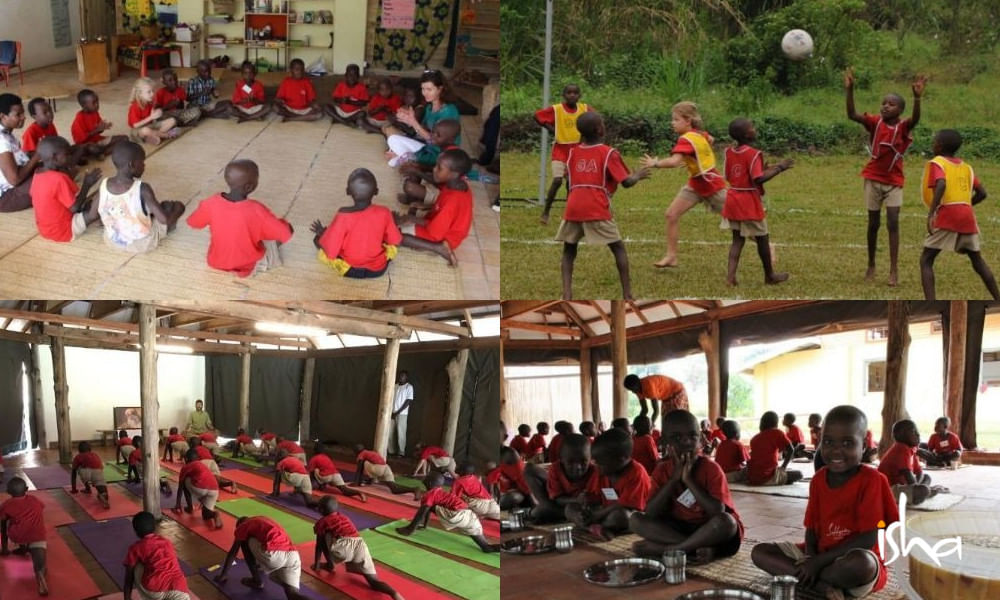
The School’s vision is to foster a new generation of rural African youth to become leaders and change makers, dedicated to improving the communities and the world that they inhabit. Students are nurtured to become exuberant, well rounded individuals who are in harmony with themselves and the world. The curriculum is designed to ignite a child’s natural curiosity to learn and explore, in contrast to the more traditional teacher-led methods of rote learning. There are also daily yoga practices for the students, and yoga retreats, workshops and events for the local community.
Editor’s Note: Most of the children come from the local community, in which the parents are either subsistence farmers with no cash income, or earn between $35 and $80 per month from contract work like digging in the local fields, or from work on building sites. To support these children and their education, click here.


